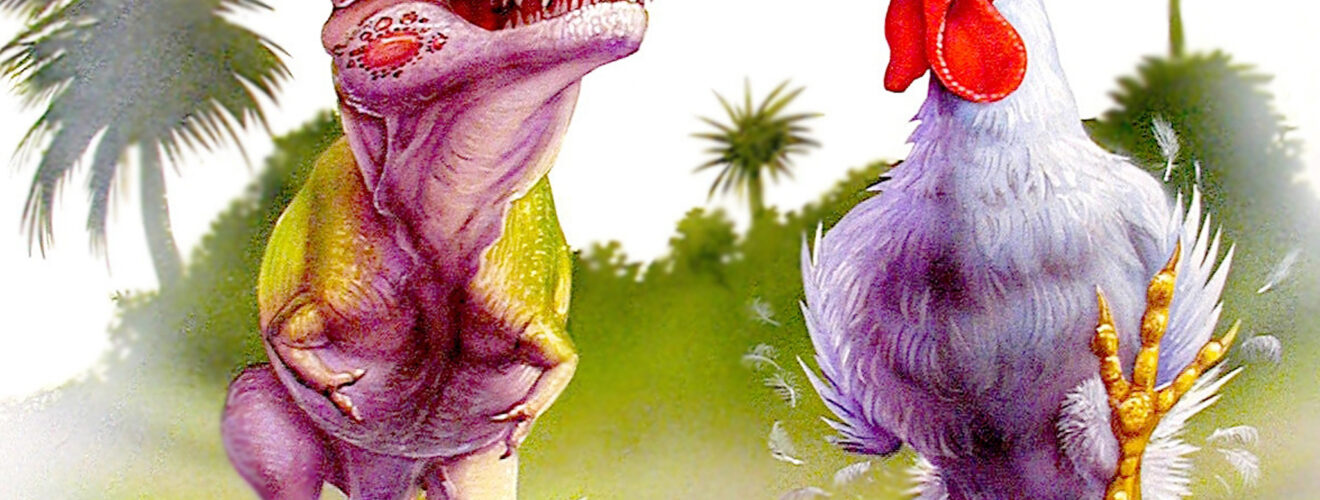Dinosaurs: stranger than fiction

Are dinosaurs really extinct? The GIST tackles some of the popular misconceptions about dinosaurs.
Dinosaurs fascinate people more than any other extinct group of animals. We have grown up with visions of majestic Diplodocus drifting across the plains, packs of Velociraptor working together to bring down prey and of course the mighty Tyrannosaurus charging about and terrorising lesser beasts. But how real are these images? Palaeontology regularly throws out new evidence that suggests dinosaurs are different, and in fact much stranger, than we had imagined.
A common misconception is that of size. Not all dinosaurs were huge. For example, Epidexipteryx, a member of the Avialae clade of dinosaurs discovered in China in 2008, is estimated to weigh only 164 grams1, and there are many even smaller Avialans. One of the biggest dinosaur size misconceptions has to be the Velociraptor genus. Thanks to Jurassic Park we have images of this terrifying beast taller than a man. In fact it was the size of a goose, albeit with a very long tail. It was also covered in feathers and had wing-like forearms, which may have been used in display or when brooding offspring2. There is little evidence to suggest Velociraptor hunted in packs, but other species in the greater Dromaeosauridae family to which they belong may have been social3.
Then there is the most famous dinosaur of all, Tyrannosaurus rex. However, more evidence points towards T. rex being a scavenger, rather than a hunter4. Tyrannosaurus rex also had hollow bones and perhaps even feathers, and its closest living relative is a humble chicken. However, this 40 foot long monster was still impressive, using the bony frill on a Triceratops like a ring-pull to tear the head from its body and get at the juicy muscle underneath5.
There are many more misconceptions concerning dinosaurs, but I will leave you with my favourite: that dinosaurs are extinct. The Avialae clade of dinosaurs, mentioned above, includes their modern descendants — birds. Most dinosaur lineages are extinct but Avialans are still with us.
References
- Kaplan, M. How to eat a Triceratops. 2012.
- Li R, Lockley M, Makovicky P et al. Behavioral and faunal implications of Early Cretaceous deinonychosaur trackways from China. Naturwissenschaften, 2008; 95: 185–191.
- Ruxton GD & Houston DC. Could Tyrannosaurus rex have been a scavenger rather than a predator? An energetics approach. Proceedings of the Royal Society of London. Series B: Biological Sciences, 2003; 270: 731–733.
- Turner AH, Makovicky, PJ & Norell MA. Feather Quill Knobs in the Dinosaur Velociraptor. Science, 2007; 317: 1721.
- Zhang F, Zhou Z, Xu X, et al. A bizarre Jurassic maniraptoran from China with elongate ribbon-like feathers. Nature 2008; 455: 1105–1108.










